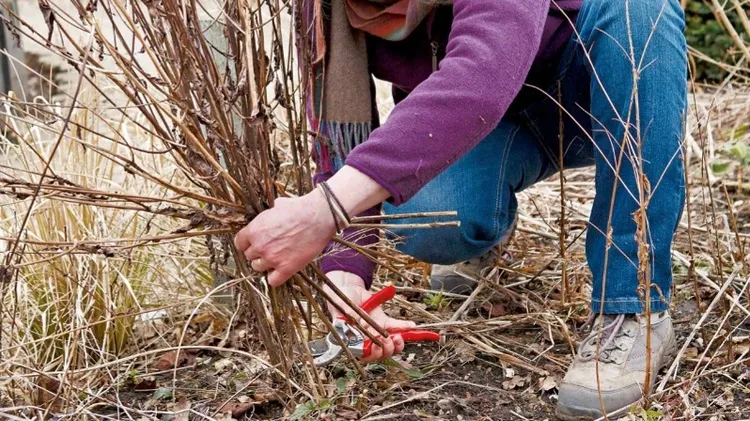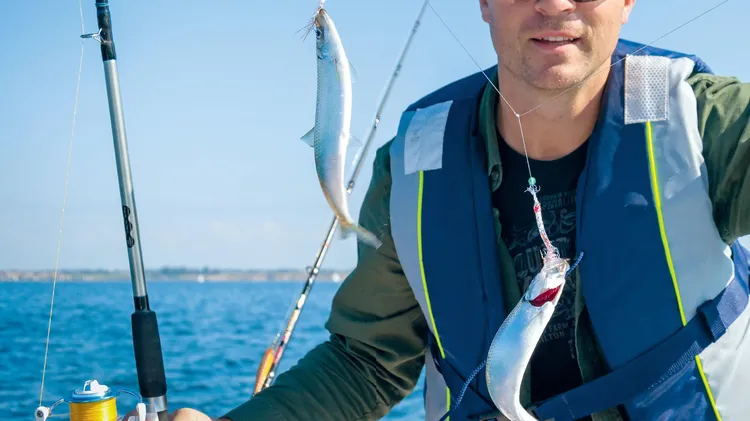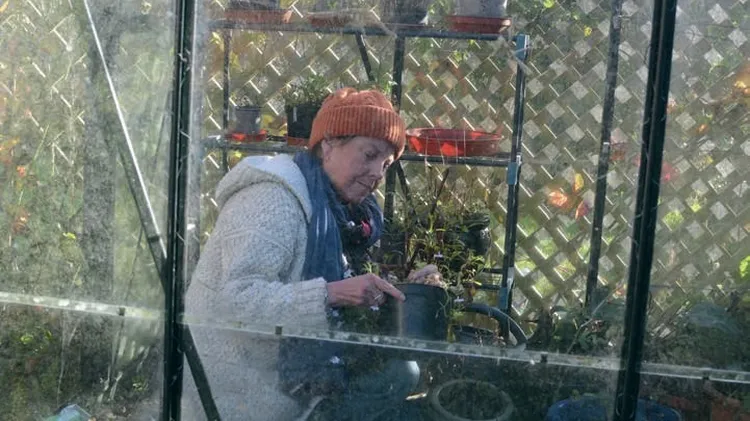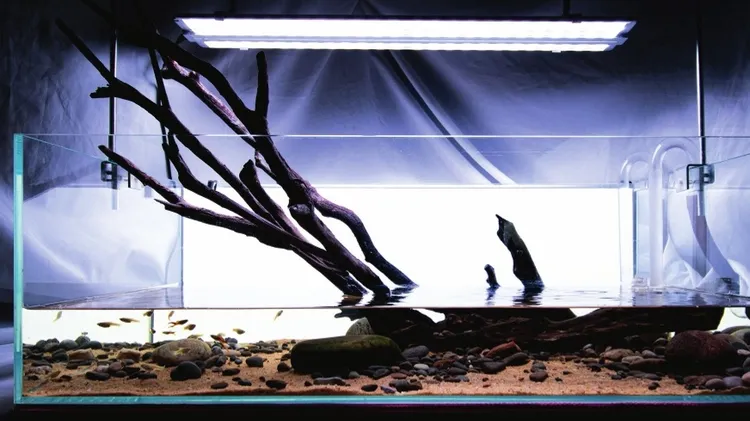As the spring sun starts to warm our gardens, what do we need to d
Waking up a springtime pond
7 min read
This article is from...
Read this article and 8000+ more magazines and newspapers on Readly






